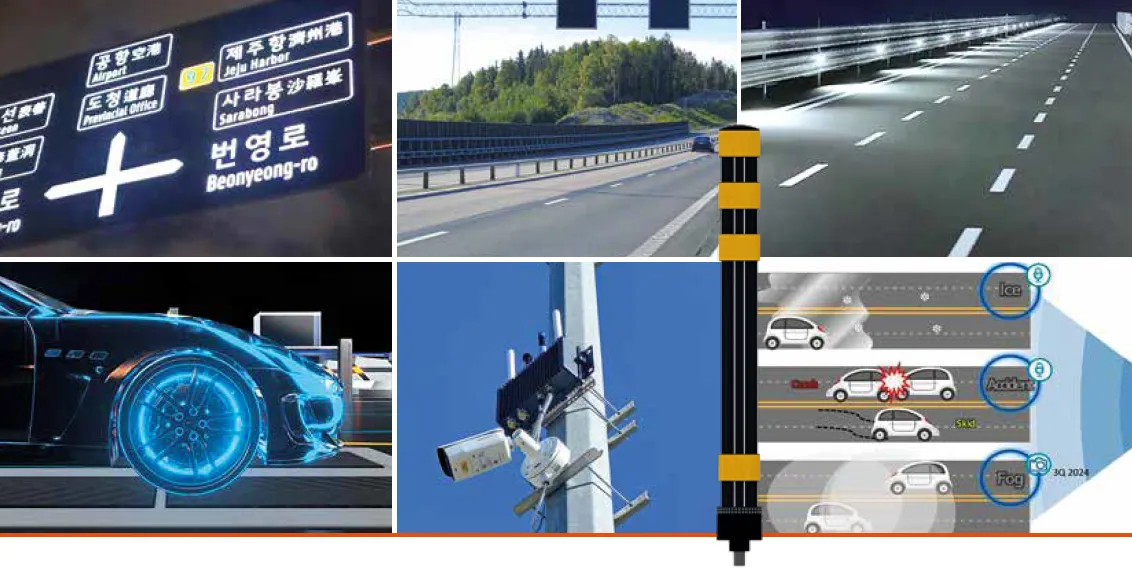A new two-year traffic monitoring partnership between Siemens and OptaSense, a QinetiQ company, has been agreed to further explore the performance and potential commercial deployment of OptaSense Distributed Acoustic Sensing (DAS), a fully networked traffic monitoring solution for the UK traffic industry. The partnership follows successful road monitoring trials by OptaSense in the UK and overseas comparing the performance of the DAS system with conventional inductive loop technology to provide information
March 12, 2015
Read time: 2 mins
A new two-year traffic monitoring partnership between 189 Siemens and 6910 OptaSense, a 2230 QinetiQ company, has been agreed to further explore the performance and potential commercial deployment of OptaSense Distributed Acoustic Sensing (DAS), a fully networked traffic monitoring solution for the UK traffic industry.
The partnership follows successful road monitoring trials by OptaSense in the UK and overseas comparing the performance of the DAS system with conventional inductive loop technology to provide information on average speed, journey times and congestion.
According to Gordon Wakeford, managing director, distributed fibre sensing could have the potential to greatly reduce the monitoring cost for road operators. “Siemens has a long heritage in providing traffic management solutions and we are always looking to bring forward innovation within our industry and are impressed with the potential for DAS to perform many of the functions currently achieved with existing roadside equipment. We look forward to exploring the potential of OptaSense DAS with our customers,” he said.
Unlike inductive loops, which are concealed beneath the road surface, DAS uses fibre optic cables already installed alongside the carriageway, removing the need for lane closures during installation or maintenance and improving safety for highway workers.
DAS technology works by firing a laser down a fibre optic cable and measuring any disturbance to the laser and analysing it to create a series of microphones every 10 metres, thereby eliminating blind spots and potentially reducing incident response times.
The partnership follows successful road monitoring trials by OptaSense in the UK and overseas comparing the performance of the DAS system with conventional inductive loop technology to provide information on average speed, journey times and congestion.
According to Gordon Wakeford, managing director, distributed fibre sensing could have the potential to greatly reduce the monitoring cost for road operators. “Siemens has a long heritage in providing traffic management solutions and we are always looking to bring forward innovation within our industry and are impressed with the potential for DAS to perform many of the functions currently achieved with existing roadside equipment. We look forward to exploring the potential of OptaSense DAS with our customers,” he said.
Unlike inductive loops, which are concealed beneath the road surface, DAS uses fibre optic cables already installed alongside the carriageway, removing the need for lane closures during installation or maintenance and improving safety for highway workers.
DAS technology works by firing a laser down a fibre optic cable and measuring any disturbance to the laser and analysing it to create a series of microphones every 10 metres, thereby eliminating blind spots and potentially reducing incident response times.










